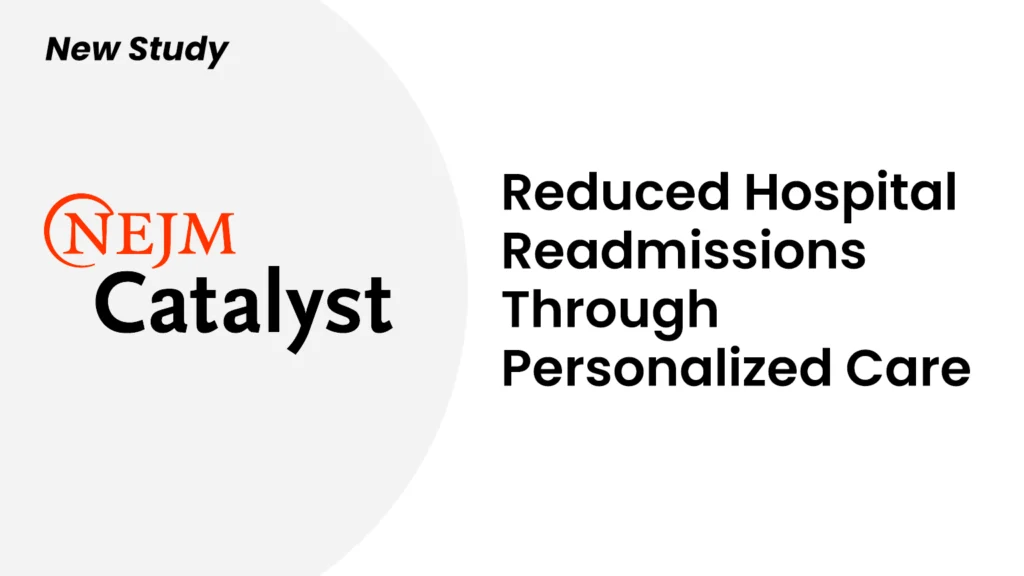Orthopedic practices are often overwhelmed by patient calls and enquiries. Effective patient communication software can streamline orthopedic practice management, and help doctors respond to those in need as rapidly as possible.
It’s Monday morning. Your neck is aching. Your skis are hung up in the garage for what might be an indefinite amount of time. And you’re on hold with your orthopedic surgeon.
This could be awhile.
“Orthopedics, by its very nature, is such an unpredictable specialty,” said Siobhan Palmer, Director, Santa Monica Orthopedic & Sports Medicine Group.
The busy clinic, part of the Cedars-Sinai Kerlan-Jobe Institute, sees a huge spike in call volume Monday mornings due to weekend accidents. Palmer wanted an orthopedic practice management software that would enable the clinic to quickly and painlessly reach patients and communicate with them at the time they need it most.
She found WELL.
Communication’s significance in orthopedic practice management
Orthopedic practice management is a complex challenge. WELL understands the unique challenges that orthopedic practices face. Terri Werner, HIM Supervisor at New Mexico Orthopedics, expresses it succinctly: “We want to make things better for patients. If you’ve ever been a patient, you have an idea of what it’s like.”
However, a diminishing surgeon workforce and an increasing number of patients needing orthopedic care mean more work for physicians and shorter appointment times for patients.
Add in the last-minute schedule changes and you have an administrative headache.
Calls go unanswered. Patients get annoyed. Doctors and office staff shoulder the burden.
At least, that’s what we’ve heard from the many orthopedic groups that have sought out WELL. Here are some of the primary issues ortho practices face, and how our patient communication app has helped them address these challenges and implement orthopedic best practices.
Reduce high call volume
At St. Charles Orthopedic Surgery Associates in St. Peters, Missouri, a glut of incoming phone calls about simple, non-clinical issues crowded the phone lines, preventing patients with more pressing issues from getting through.
The same was true for 360 Orthopedics, which has served patients in Florida since 1978. They had a significant volume of phone calls, that were a mix of emergencies needing immediate attention, and non-urgent queries. These calls all had to wait in a queue, creating a large workload and poor patient experience.
That’s a problem — especially because most people calling an orthopedic surgeon are probably already having a pretty bad day.
“We are always thinking about how to improve communications with patients,” said Suzann Crowder, administrator at SCOSA. “They often contact our practice when they are at a low point.”
Chad Nettleman, CIO of 360 Ortho agrees: “In today’s digital age, people expect someone to answer personally when they reach out via call or text – just like you’re standing in front of them in the lobby.”
Streamlining things with the right orthopedic practice management software makes a big difference. After implementing WELL’s conversational messaging capabilities, the busy practices saw a huge reduction in call volume. Automated messages provided answers to routine queries, such as “Where is your office located?” and staff could easily enter the conversation when necessary. WELL’s patient communication software reduced stress for office staff and greater satisfaction from patients.
Handle last-minute scheduling
Whether they sustain injuries on the trails or in a car accident, orthopedic patients often need last-minute appointments. Couple this with the realities any clinic faces—inclement weather, running behind schedule, or a physician calling in sick—and office staff needs patient communication tools to quickly and easily communicate last-minute changes.
Doctors at Rocky Mountain Orthopedic Associates see as many as 30 to 40 patients per day, so when a change arises, it’s especially challenging. Janis Hoppe, the practice’s subject matter IT expert described the situation this way, “We would have to try to contact every single patient at the very last minute. It’s incredibly disruptive to try to get a hold of that many patients.”
The Colorado-based practice implemented the WELL patient communication platform and immediately saw staff workflows streamlined and workloads lightened. With our orthopedic practice management software, they also saw an increase in patient responsiveness. “For some reason, when we text them, we get a response immediately,” said Pam Bachorski, the clinic’s practice administrator.
WELL’s broadcasts feature allows practices to streamline orthopedic practice management and quickly select up to 1,000 patients to send them all a customized message – great for last-minute schedule changes or notifications.
Reduced no-shows
The no-show rate for orthopedic follow-up appointments can be as high as 26 percent, according to a study published in The Journal of Bone and Joint Surgery in 2014. Those with spine and back complaints are the most likely to miss appointments. That results in lost revenue, more administrative work for staff, and less likelihood of attracting new patients – those looking for those last-minute appointment slots.
In addition to reducing their call volume, the WELL patient communication app introduced more benefits to SCOSA. They saw 50 percent reduction in no-shows and 11 percent increase in patient bookings within the first quarter following implementation. “WELL is one of those rare solutions that makes the patient care experience better without breaking the bank,” Crowder said.
360 Ortho, meanwhile, saw its no-show rate drop by 17%, to less than three percent – half of the industry average. This resulted in an impressive 208% return on investment. Moving forward, Nettleman anticipates more opportunities for WELL’s broadcast feature. “We’re always looking to move forward and expand it to where it makes logical sense. Now, WELL is one of our better tools, that’s for certain.”
Streamlined Revenue Collection
Software that aids effective orthopedic practice management also streamlines revenue collection. Take New Mexico Orthopedics. The busy orthopedic practice sees an average of 800 patients a day across its three locations. NMO wanted a digital front door that welcomes and remembers patients even before they set foot in the clinic.
To that end, NMO integrated WELL’s patient communication software with SwervePay, a cloud-based payment application. This helped streamline the check-in process further, allowing patients to quickly make their payments with a quick text message link.
Adoption grew quickly, and now, 17% of NMO patients pay their copays in advance. Furthermore, the advanced copay collection process reduced staff workload by nearly two hours a day.
“Before, when the front desk took payment, staff had to manually enter it into the practice management system, which was a multi-step process,” said Sally Martin, Director of Revenue Cycle Management at NMO. “Auto-posting patient payments real-time is a huge win and saves on labor.”
Improved patient experience
Conversational messaging between patients and doctors is one of the emerging orthopedic best practices. Ortho Northeast provides this to their patients through WELL, allowing ONE to differentiate itself in a crowded marketplace. They saw an impressive 96 percent patient utilization of WELL’s platform and also saw no-shows cut in half.
Tia Brown, Appointment Reception Supervisor at ONE, said, “With the consumerization of healthcare, our patients now have more power than ever before. WELL allows us to focus on retaining them, making them happy, and most importantly focusing on our core competency.”
Similarly, NMO patients have quickly taken a liking to their new and advanced copay collection process. They especially appreciate not having to log in to a separate portal to make payments. NMO also anticipates that, in the future, patients will opt to pay their outstanding balances this way, which will reduce payment lifecycles.
As for SMOG, with effective orthopedic practice management, the clinic was able to reduce call volume by 20 percent and nearly double the number of those calls answered to a much healthier 85 percent — meaning happier patients and maybe even a quicker return to the ski slopes. ♥



